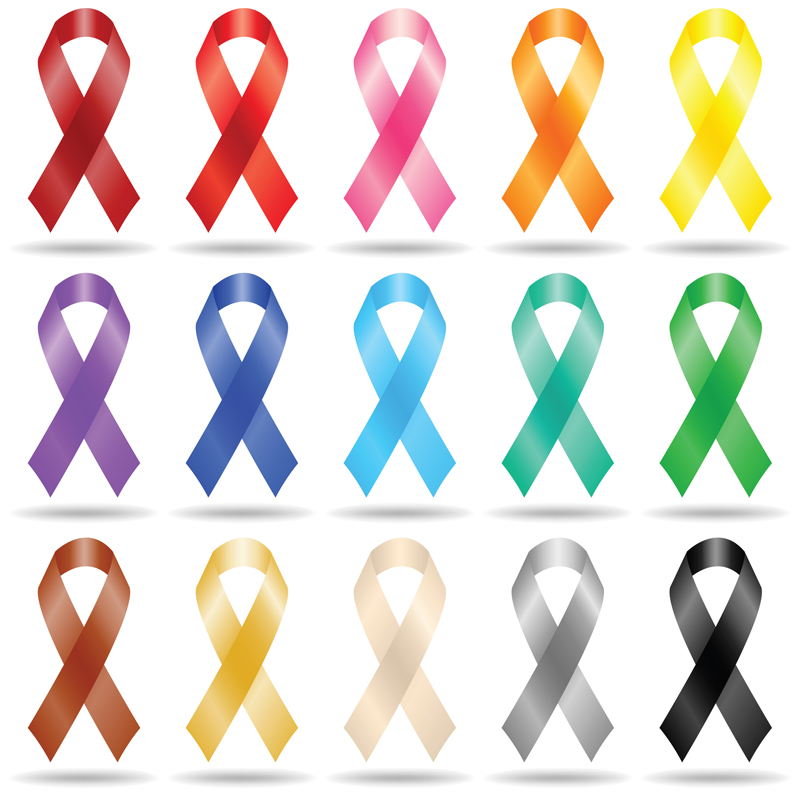WEDNESDAY, Nov. 30, 2016 (HealthDay News) — Smoking will be banned in public housing residences starting next year, U.S. officials announced Wednesday.
The federal government’s “historic” decision to make all public housing properties smoke-free will protect millions of children and adults from dangerous secondhand smoke, said Matthew Myers, president of the Campaign for Tobacco-Free Kids.
Myers praised the U.S. Department of Housing and Urban Development (HUD) “for taking action to protect the health of public housing residents, including many children, elderly and people with health conditions who are particularly susceptible to the health effects of secondhand smoke.”
He said secondhand smoke contains more than 7,000 chemicals, including hundreds that are toxic and at least 69 that cause cancer.
HUD said the new rule will protect more than 2 million public housing residents, including 760,000 children, and save public housing agencies $153 million a year in health care costs, repairs and preventable fires.
Public housing agencies have 18 months to implement smoke-free policies that apply to all living units, indoor common areas, administrative offices and outdoor areas within 25 feet of housing and administrative office buildings, Myers explained.
Currently, more than 228,000 public housing units are smoke-free, and the new rule will increase that number to more than 940,000 units.
“It is disappointing that this new rule does not apply to electronic cigarettes, although individual housing authorities are permitted to include e-cigarettes in their policies. Including e-cigarettes in the new policy would facilitate enforcement and help achieve the goal of ensuring public housing residents can breathe clean air,” Myers said in a news release.
Secondhand smoke causes tens of thousands of deaths nationwide each year, and there is no safe level of exposure, according to the U.S. Surgeon General.
While the percentage of Americans exposed to secondhand smoke has declined by more than half since 1999, one-fourth of nonsmokers (58 million people) are still exposed to secondhand smoke, according to a 2015 report by the U.S. Centers for Disease Control and Prevention.
Those figures include 41 percent of children aged 3 to 11, and 68 percent of black children in that age group. Secondhand smoke exposure rates are also high among people living in poverty and in rental housing, Myers said.
More information
The U.S. Centers for Disease Control and Prevention has more on secondhand smoke.
Copyright © 2025 HealthDay. All rights reserved.

